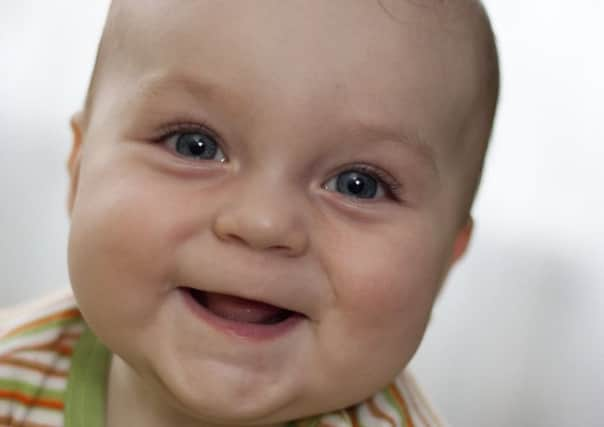Nearly half of Scottish babies breastfed


In 2014-15, just over 48 per cent of babies were being breastfed at the time of the first child health review visit, which takes place when they are around ten days old.
That fell to 38 per cent by the time of the six-eight week review, statistics show.
Advertisement
Hide AdAdvertisement
Hide AdThe figures, published by ISD Scotland, looked at breastfeeding levels for babies born in the last financial year.
The report said there is good evidence that breastfeeding in infancy has a protective effect against many childhood illnesses.
Breastfed infants are also likely to have a reduced risk of infection, while other probable benefits include improved cognitive and psychological development, and a reduced risk of childhood obesity.
The publication concluded: “Across Scotland, the overall breastfeeding rate has remained at a broadly similar level over the last decade.”
It noted a slight increase in the rate at the first child health review visit due to an increase in mixed feeding where the baby is fed both breast and formula milk.
In other findings, the report highlighted a “clear association” between breastfeeding and deprivation.
Mothers in the least deprived areas were nearly three times as likely to breastfeed exclusively at six to eight weeks compared with mothers in the most-deprived areas. But there has been an increase in overall breastfeeding rates in the most deprived areas at the first visit from 26 per cent to nearly 33, statistics show.
Mothers who did not smoke were three times more likely to breastfeed than mothers who did.